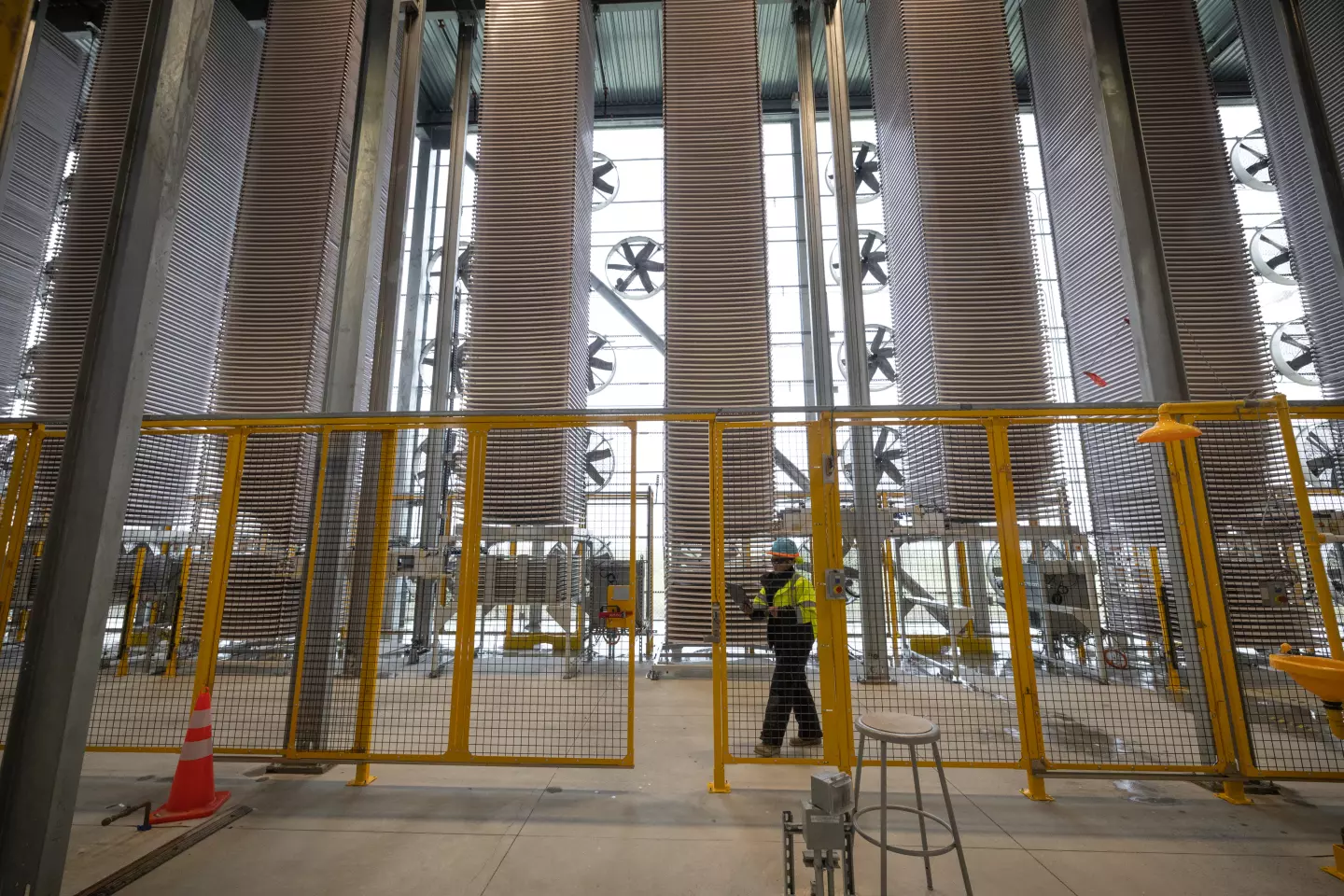In a secluded corner of San Joaquin County lies a beacon of hope in the fight against climate change: California’s first commercial direct air capture facility. Managed by Heirloom, the facility employs towering trays of limestone mineral powder to extract carbon dioxide from the atmosphere, ultimately converting it into concrete. This technology emerged in response to the urgent call for transformative innovations following a 2018 Intergovernmental Panel on Climate Change report, which emphasized the necessity of limiting global warming to 1.5 degrees Celsius.
Despite efforts to curb emissions, the planet continues to grapple with escalating temperatures and their associated effects, from wildfires to droughts. Recognizing the need for swift action, experts like Vikrum Aiyer advocate for scientific interventions alongside reductions in fossil fuel usage. Government support and Silicon Valley investments are driving the expansion of carbon removal technologies like direct air capture, with projects underway to scale up operations and capture gigatons of CO2 annually.

However, addressing climate change goes beyond carbon removal alone. Scientists explore various approaches, including solar radiation modification, to mitigate warming. Techniques such as stratospheric aerosol injections mimic the cooling effects of volcanic eruptions, but their deployment raises ethical and environmental concerns. Geoengineering proposals, while promising, must not overshadow efforts to decarbonize the economy.
One innovative concept, advocated by the Planetary Sunshade Foundation, suggests deploying a massive sunshade in space to reflect sunlight away from Earth. While ambitious, this idea underscores the growing recognition of space technology’s potential role in climate solutions. Yet, like other strategies, it presents challenges and uncertainties, emphasizing the need for comprehensive research and international collaboration.

Back on Earth, direct air capture facilities like Heirloom offer tangible progress in carbon sequestration. By integrating captured CO2 into concrete production, these initiatives demonstrate a pathway to permanent carbon storage. However, concerns persist regarding energy consumption, reliance on fossil fuels in cement production, and the risk of inadvertently perpetuating emissions-intensive practices.
As discussions continue around climate adaptation strategies, it’s essential to maintain a balanced approach that prioritizes emission reduction while exploring innovative solutions. Collaboration between policymakers, scientists, and industry stakeholders will be crucial in navigating the complexities of climate intervention. Ultimately, the goal remains clear: to safeguard the planet for future generations through concerted and sustainable action.


